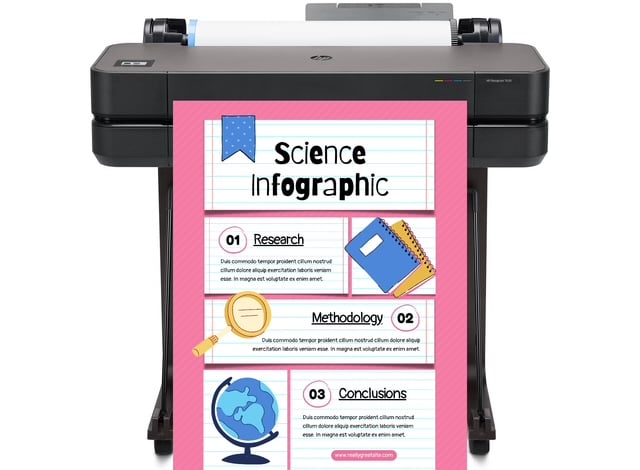
DISCOUNTED EDUCATION PRICING! CALL 1-877-891-8411. We Gladly Accept School Purchase Orders!

“The best classroom management strategy is one you don’t have to use.”
That quote encapsulates the holy grail of teaching: a classroom that manages itself. No more shouting over chatter. No more chaos during transitions. No more late-night Googling “how to get students to stop interrupting.”
In a self-managing classroom, routines run like clockwork. Students take initiative. You, the teacher, become a facilitator of learning—not a behavior referee.
But this doesn’t happen by accident. It takes intentional systems, clear expectations, and a culture of ownership. In this guide, we’re diving into advanced strategies, real-world insights, and 10+ practical hacks that will help you build a class that runs itself—while you get your time, peace, and joy back.
A self-managing classroom is not unstructured. In fact, it’s highly structured—but the ownership of that structure is distributed. Students understand the “why” behind the rules. They internalize procedures. They monitor each other. They lead.
“Structure creates freedom. Routine creates responsibility. Trust creates leadership.”
This classroom style doesn’t eliminate the teacher—it elevates them to strategist. You focus on connection, instruction, and feedback, while students handle logistics, transitions, and expectations.
Most classroom management techniques rely on reactive tactics:
These might work short-term, but they create dependency. The more control you enforce, the more energy it costs you to maintain.
Self-managing classrooms flip the model:
The result? More learning. Less stress. More time for you to actually teach.
A: Yes, even kindergarteners can run their classroom—if expectations are consistent and developmentally appropriate. Use visual schedules, role-play routines, and practice, practice, practice.
A: A self-managing classroom doesn’t mean ignoring behavior—it means creating systems that preempt it. Clear routines and community-building reduce triggers before they escalate.
Every successful flight has a pre-flight checklist. Your classroom should too.
Create systems for:
📌 Why it works: Routine builds safety. When students know what’s coming next, anxiety drops and autonomy rises.
👣 Pro Tip: Teach every routine as a mini-lesson, complete with modeling, practicing, and revisiting often.
Assigning student jobs is more than delegation—it’s behavioral training. Students become stakeholders in the classroom’s success.
Set up a classroom job board with:
🧠 Psych hack: Autonomy is one of the three pillars of self-determination theory. Jobs tap into intrinsic motivation and social status—especially if students apply and rotate.
Don’t rely on verbal redirection. Use environmental cues that guide behavior without interrupting flow.
🔹 Examples:
💡 Build in visual anchors for students with ADHD, autism, or executive function challenges.
Train students to solve their own problems by helping each other—before coming to you.
“Ask three classmates before asking me.”
Post it. Say it. Practice it. Let students be the experts in the room.
🧠 Bonus tip: Create “Student Expert Lanyards” so helpers can be identified easily by classmates who need assistance.
The layout of your room tells students how to behave. Set up clearly defined:
🎯 Principle: Behavior is shaped by the environment. A self-managing classroom starts with intentional design.
Every student (and teacher) gets off track. That’s normal. But what do you do next?
Build a classroom-wide reset routine:
🧘♀️ Pair it with calm-down corners, reflection sheets, or soft lighting. Teach that reflection is strength, not shame.
Stop repeating expectations. Post them. Practice them. Point to them.
Create an “Expectations Wall” with headers like:
🖍 Let students co-create anchor charts to increase buy-in. Revisit them during class meetings.
Kids mimic what they see—especially from peers they admire. Use that to your advantage.
🎬 Strategy: “Spotlight Model”
📈 Rotate roles so everyone gets a turn to be the “expert.”
Use points, levels, or rewards—but tie them to group systems, not individuals. This builds unity and reduces competition.
Ideas:
⚠️ Always connect rewards to behaviors—not identity.
You can’t manage students you don’t know. Invest in classroom culture through:
“When students feel seen, heard, and safe—they self-regulate better.”
Even the best systems break down. When that happens, don’t default to control—default to reflection.
Ask:
Then reteach, reboot, and reinforce—without shame.
| Feature | Self-Managing | Teacher-Controlled |
|---|---|---|
| Ownership of behavior | Student-led | Teacher-enforced |
| Instructional interruptions | Rare | Frequent |
| Motivation type | Intrinsic + peer accountability | External + fear of consequence |
| Long-term sustainability | High | Low |
| Teacher energy drain | Low | High |
You don’t need to be louder. You don’t need to be stricter. You just need to be more strategic.
The best classroom management isn’t visible—it’s embedded in the culture, routines, and student ownership.
Start now:
Let your classroom run so smoothly, it feels like magic—but it’s not magic. It’s systems + consistency + culture.